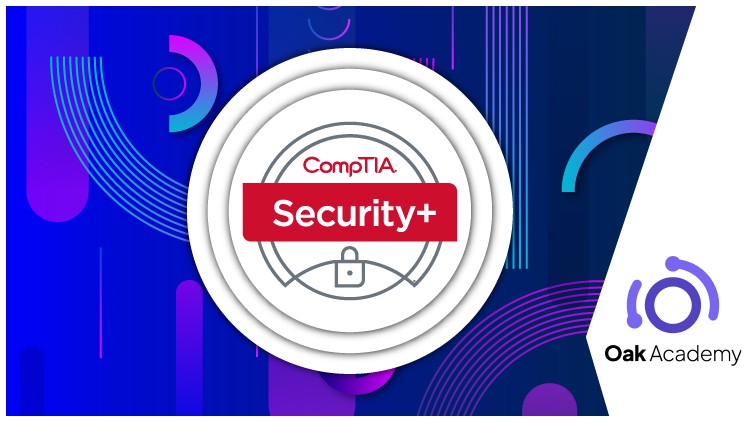در حال حاضر محصولی در سبد خرید شما وجود ندارد.

CompTIA Security Plus | Embrace the latest Cybersecurity trends, pass CompTIA security+ exam & get a cyber security job
در این روش نیاز به افزودن محصول به سبد خرید و تکمیل اطلاعات نیست و شما پس از وارد کردن ایمیل خود و طی کردن مراحل پرداخت لینک های دریافت محصولات را در ایمیل خود دریافت خواهید کرد.


Pandas & NumPy Python Programming Language Libraries A-Z™

دوره یادگیری CompTIA A+ 220-1001, 220-1022
--Network-Fundamentals-and-Internet-Protocols-main-resized.jpg)
CCNA (200-301) – اصول شبکه و پروتکل های اینترنتی

Python | Python Projects & Quizzes for Python Data Science

Network+ | Comptia Network Plus (N10-008) Certification Prep

Flutter and Dart | Complete Flutter Dart Programming Course

HackTheBox & TryHackMe- Cyber Security Upskilling Platforms

هوش مصنوعی با یادگیری ماشینی، یادگیری عمیق

توسعه وب بوسیله Vue Js, NodeJS, MongoDB, JS

Android App Development with Kotlin & Java & Jetpack Compose